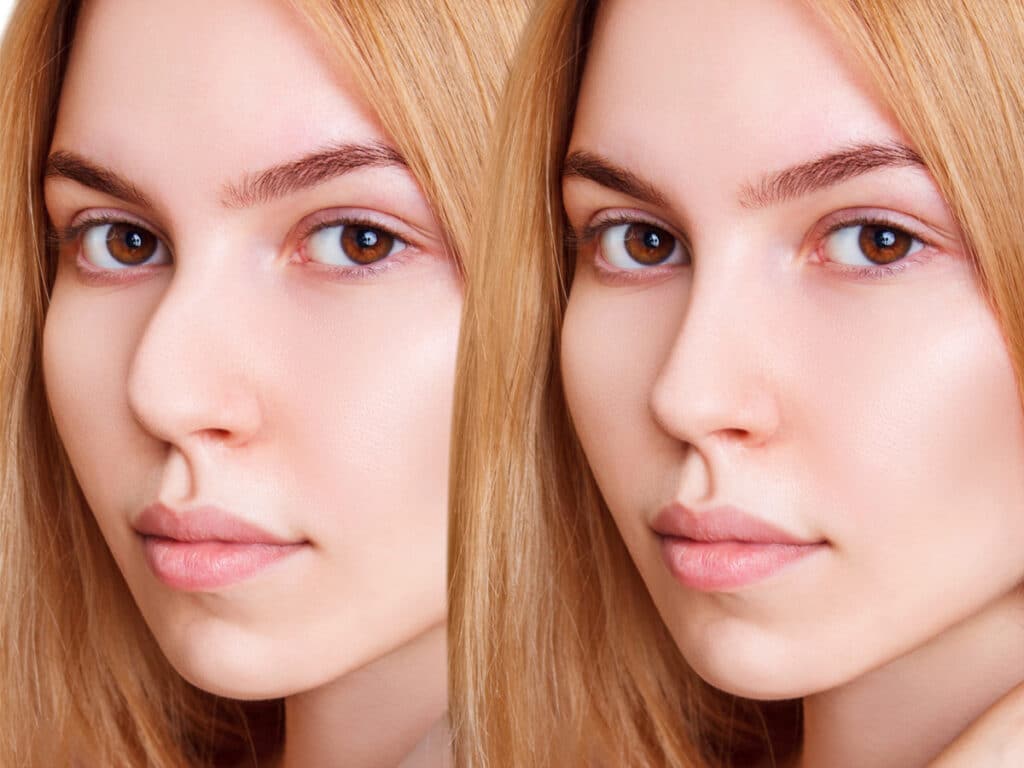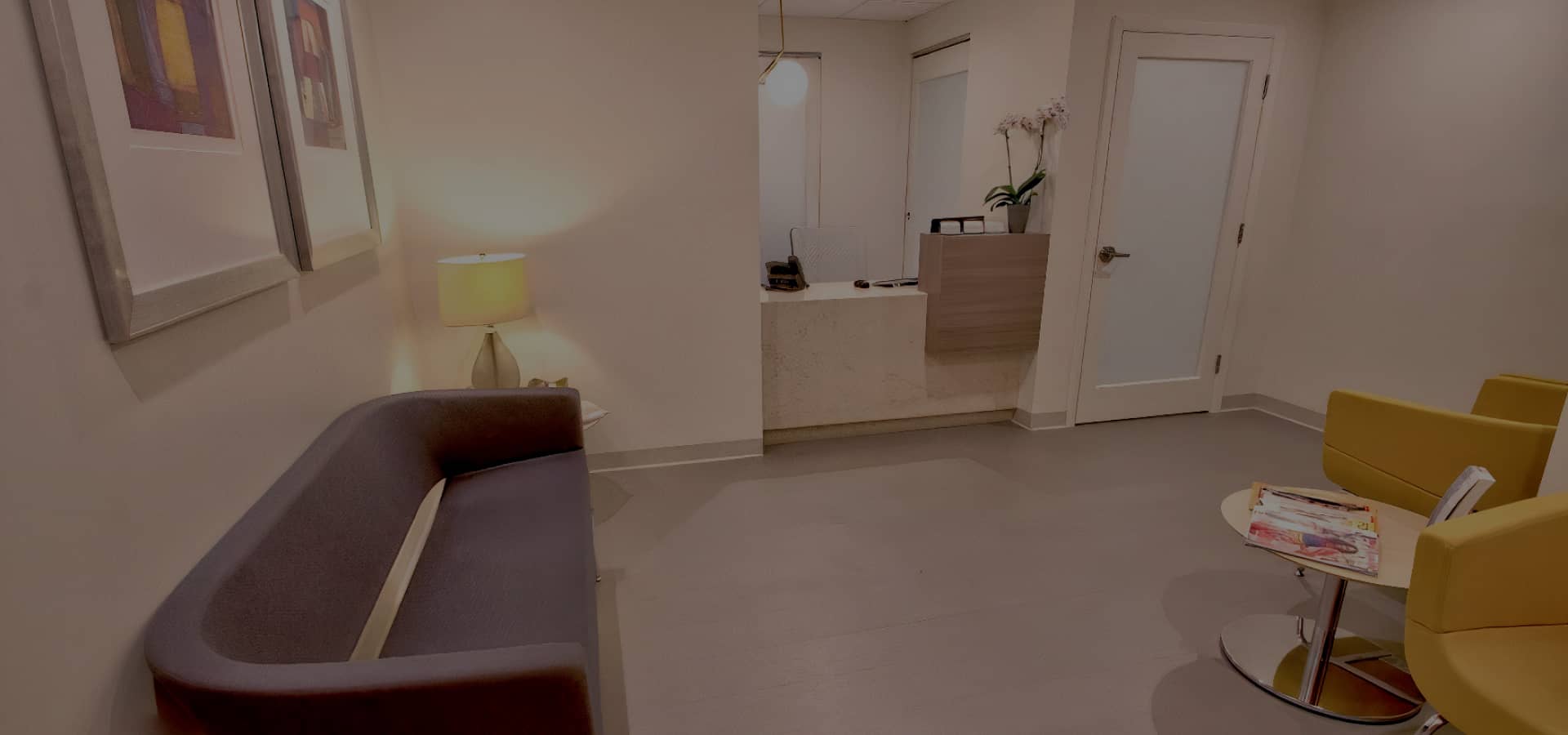The shape and size of the nose can impact one’s appearance a great deal. This is why people choose aesthetic rhinoplasty Miami. Aesthetic nose surgery can be performed to correct the symmetry and/or shape of the nose, including the nostrils. One of the most common deformities in the nose is known as a pollybeak deformity.
Understanding the Pollybeak Deformity
As the name implies, the pollybeak deformity appears in the form of a beak nose. More specifically, the part of the nose found just above the nasal tip appears larger, affecting the overall proportions of the nose.
Causes of Polly Beak Deformity
A pollybeak can occur either due to the presence of extra cartilage in the area or the formation of excess scar tissue in the region. Understanding the exact nature of the nose malformation on a case-by-case basis helps to understand the type of rhinoplasty to perform to correct it.
This nasal malformation is often associated with inaccurately performed rhinoplasty surgery and poor healing. After nasal correction is done either for cosmetic or medical reasons, the deformity may occur as a complication of rhinoplasty.
Sometimes, non-surgical nose jobs such as injections administered in the affected area or certain medications can correct the pollybeak deformity. This is, however, possible only when the condition is simple. In cases where the deformity has occurred due to a previous rhinoplasty, if the condition is diagnosed early enough, these methods can be useful.
In this post, we will discuss the reasons for seeking revision rhinoplasty Miami, considerations from previous surgery, preparation for the procedure, the surgical techniques involved, and
Types of Polly Beak
Cartilaginous Pollybeak
The cartilaginous pollybeak deformity is caused by the presence of excess cartilage in the area located just above the nasal tip. This extra cartilage can be from the lateral cartilage or the nasal tip cartilage. It causes an elevation of the nasal tip, giving it a parrot beak appearance in some cases. To correct this condition, revision rhinoplasty surgery is required to remove this excess cartilage and reshape the nose into its desired form.
Soft Tissue Pollybeak
This nose deformity is a complication that can occur following a rhinoplasty procedure. This happens when there is an incorrect redraping of the skin in the nasal bridge area which results in thickened skin and excess tissue in the supratip region. The result is a perched or hooked appearance at the tip of the nose, resembling a ‘bird beak’, hence its name.
Benefits of Pollybeak Deformity Correction
Revision surgery is beneficial for rhinoplasty patients with polly beak. This type of nasal deformity can cause facial features to appear unbalanced and asymmetrical. Additionally, it can interfere with nasal function as the thickened nasal skin restricts airflow. Revision rhinoplasty surgery can help to correct the bird-like appearance of the nose by reshaping the cartilage and removing excess skin in order to restore symmetry and proper nasal function.

A successful Miami revision rhinoplasty procedure requires an experienced surgeon to correct the pollybeak deformity properly. If a dorsal hump is present, it must be reduced and reshaped in order to create a more aesthetically pleasing nose shape. The nasal obstruction that is often caused by the presence of the deformity can also be alleviated when the excess cartilage or extra scar tissue is removed. A skilled rhinoplasty surgeon can use a combination of techniques in order to achieve excellent results.
Rhinoplasty for Correcting the Pollybeak Deformity
Pollybeak rhinoplasty is usually performed by raising or lowering the bridge as required. It might even involve minor corrections to the size of the bridge.
Some cases of pollybeak feature a raised projected nasal tip. This can be corrected by lowering the height of the nasal bridge. The surgery can also involve correcting the upper portion of the nasal tip. This can be accomplished by removing and correcting excess growth of cartilage or excessive scarring in the area. A slight augmentation of the nasal bridge might also be performed to support the process.
Revision rhinoplasty for correcting a pollybeak deformity may involve using cartilage grafts to reshape the nasal structure, as well as correcting any irregularities in the nasal bones. In addition, corrective surgery may be used to address any problems with the nasal septum or other structures that affect the shape and function of the nose. Cartilage grafts can also be used to reinforce weak areas of tissue and ensure that the nose retains its desired shape following surgery.
You should keep in mind that Miami Revision Rhinoplasty is often much more complex than primary rhinoplasty. When done correctly by a skilled facial plastic surgeon, this procedure works wonders for the shape of the nose.
How Long Does the Recovery Process Take for Revision Rhinoplasty?
The revision rhinoplasty healing process varies depending on the individual. Generally, it takes around 2 weeks for the initial recovery. However, it may take several months for the final results to fully manifest as the swelling gradually subsides. It is essential to follow the surgeon’s post-operative instructions to optimize healing and achieve desired outcomes in revision rhinoplasty.
Recovery after Pollybeak Surgery
Recovery after Miami rhinoplasty revision for a pollybeak deformity is similar to that of any other type of rhinoplasty. Because it’s a revision procedure, you may be called in for frequent follow-up sessions in order to ensure that the scar tissue and cartilage growth are under control.
Secondary rhinoplasty is a complex procedure and the healing process can take several months. The patient may experience some pain and swelling in the first few days, but it will gradually subside as the nose heals. It’s important to follow your doctor’s instructions to ensure that the healing process goes smoothly. Nasal splints are often used to support the structure of the nose during recovery, which helps reduce risks of complications and ensure a more natural-looking nose shape after surgery.
Only a Skilled Facial Plastic Surgeon Will Do
For correction of pollybeak deformity, it takes a skilled facial plastic surgery expert. It’s crucial that you find a surgeon who has enough experience in performing revision rhinoplasty surgery to get you the results you’re hoping for.
If you need the best rhinoplasty revision surgeon, look no further than Dr. Anthony Bared, a well-respected double-board-certified facial plastic surgeon serving patients in the Miami area. Dr. Bared will meet with you during a consultation to examine your nose imperfections and decide on the ideal course of action. To schedule your consultation, contact our office today.

